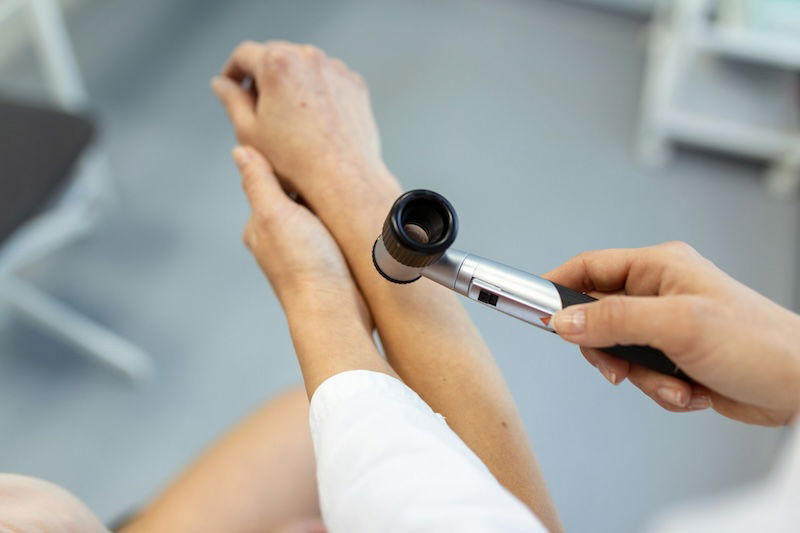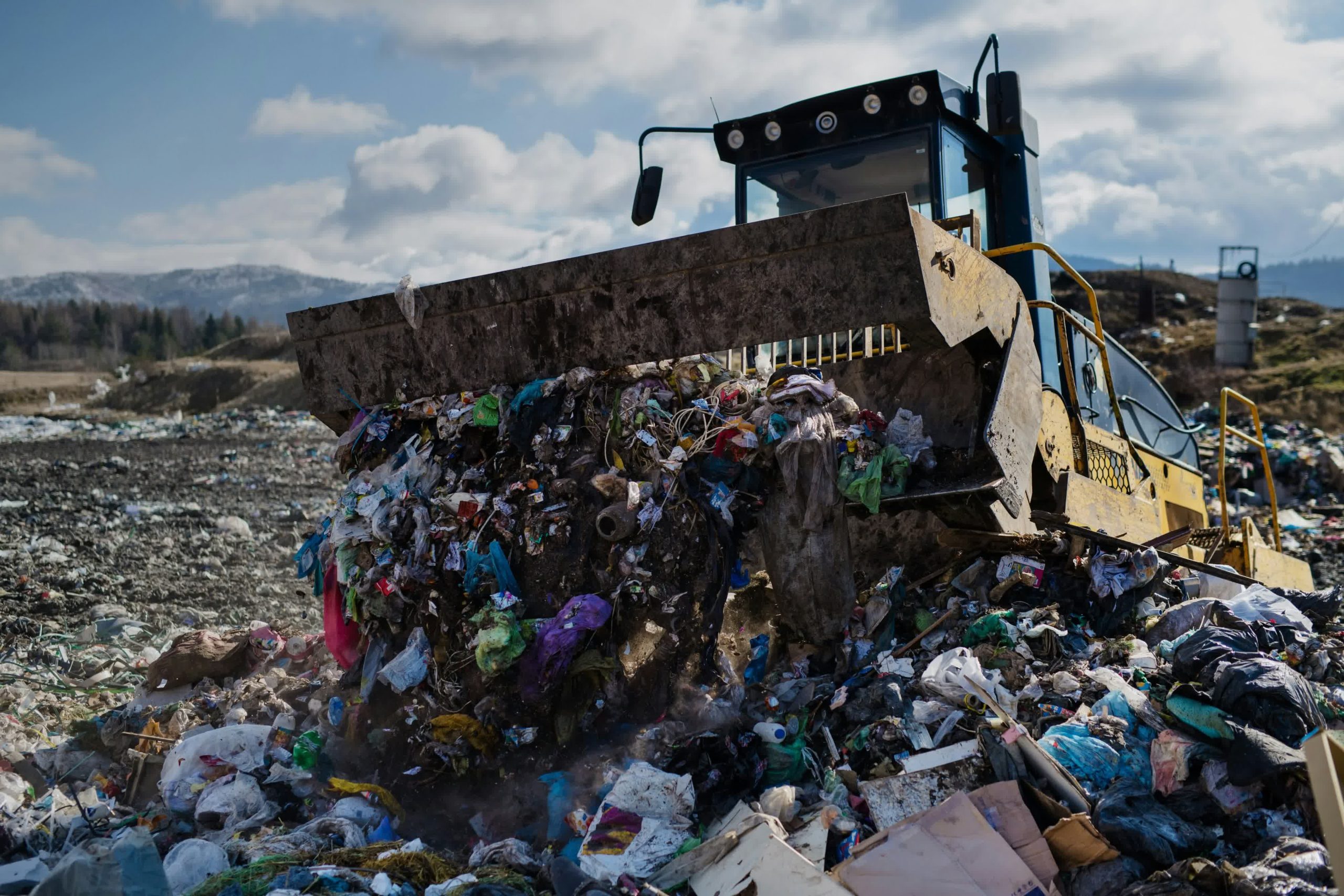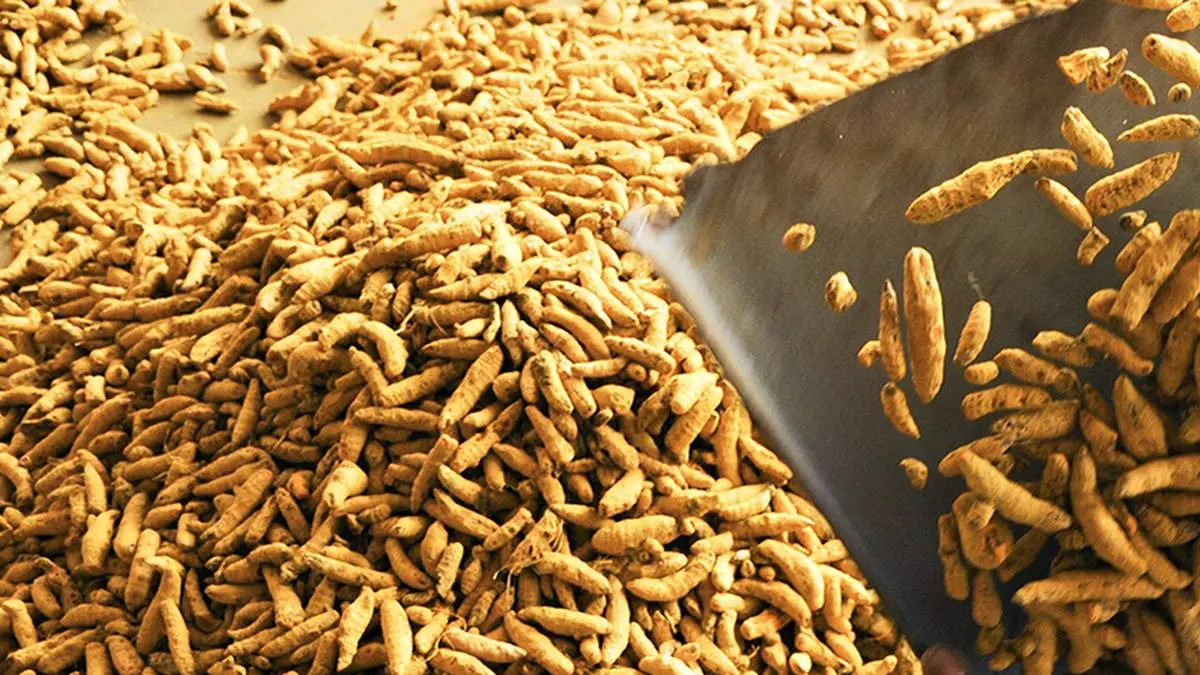
These bubble-wrap cartilage cells have been dyed green to make them easily visible
Plikus lab/University of California/Irvine
A long-overlooked skeletal tissue found in the nose and ears turns out to resemble bubble wrap – and harnessing it could make facial surgery, like nose reshaping, easier.
Maksim Plikus at the University of California, Irvine, and his colleagues first spotted the unusual tissue a few years ago while they were studying fat cells collected from mouse ears. “It was just a scientific accident,” he says.
The nose and ears of both mice and humans contain a firm but flexible tissue called cartilage, which is also found in our joints. Conventional wisdom says that cartilage is structured similarly, no matter where it is in the body. The cells in it don’t contain much fat and are surrounded by a thick, protein-rich matrix that provides strength.
But when the researchers examined mouse nose and ear samples under a microscope, they found a structure consisting of cells packed full of fats, also known as lipids, connected only by a thin mesh of protein – prompting the team to name it lipocartilage. “It looks like bubble wrap,” says Plikus.
This unusual cartilage had been noticed before, the team found, but only in a brief account of its discovery from the 1850s and a few short reports since then. To investigate further, the researchers stretched and squeezed samples of lipocartilage from the mouse ears, and did the same for standard cartilage from the knees and ribs of mice.
They found that lipocartilage is softer and more stretchy, probably due to its high fat content, says Plikus. This suggests lipocartilage has unique roles in the body compared with standard cartilage, though identifying these requires further study, he says.
The team also found lipocartilage in human ear and nose samples collected from medically aborted fetuses, leading them to wonder whether the tissue could be grown in the lab for use in reconstructive or cosmetic surgery. Nose alterations, for example, sometimes involve taking a piece of cartilage from a person’s rib.
Growing it from stem cells instead could avoid this, but attempts to do so for standard cartilage have been hampered by the difficulty of screening out any remaining stem cells, says Plikus, which, if implanted, could develop into tumours. The researchers found that they could successfully grow lipocartilage from human stem cells derived from embryos, and that it was much easier to spot leftover stem cells using a dye that attaches to the fat in the tissue.
It is too early to tell how well this will work in practice until the findings are replicated and the approach is tested in animals and humans, says Mark Grimes at the University of Montana, who wasn’t involved in the study.
Plikus’s team is already carrying out facial implant tests with stem-cell derived lipocartilage in mice and hopes to trial it in humans soon. “If we’re optimistic, within a span of five years,” he says.
Topics:









Leave a Comment